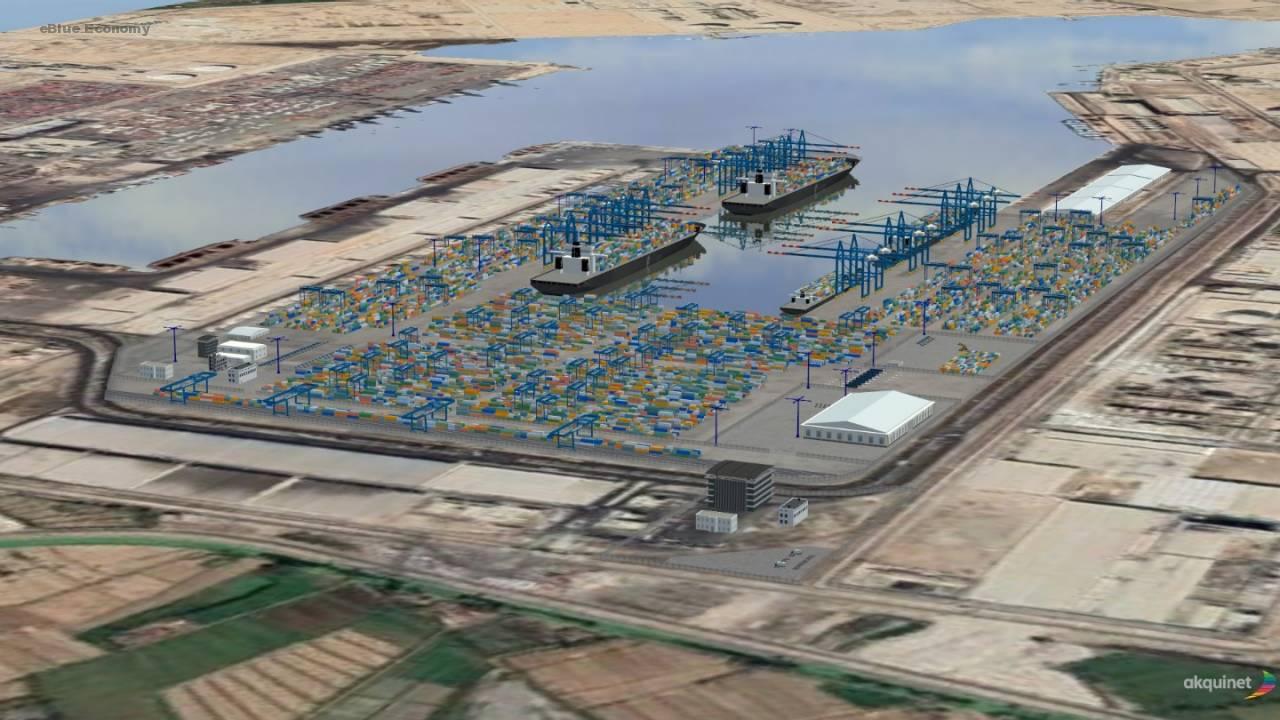A new terminal will be built in the port of Damietta, about 200 kilometers north of the Egyptian capital Cairo. For this purpose, a Joint Venture was founded to develop and operate the new “Terminal 2”.
The Joint Venture “Damietta Alliance Container Terminal S.A.E.” consists of three core shareholders: Hapag-Lloyd Damietta GmbH (39%), Eurogate Damietta GmbH (29.5%), and Contship Damietta Srl (29.5%). Two other partners, Middle East Logistics & Consultants Group and Ship & C.R.E.W. Egypt S.A.E., will each hold 1%.
The new Terminal 2 at the port of Damietta is expected to start operations by 2024. It will have a final total operational capacity of 3.3 Mio TEU and serve as Hapag-Lloyd´s dedicated strategic transshipment hub in the East Mediterranean.
“With the new terminal Hapag-Lloyd will significantly improve its transshipment operation in the East Mediterranean market as well as access to the local Egyptian trade”, said Rolf Habben Jansen, CEO of Hapag-Lloyd.

Thomas H. Eckelmann, Chairman of the EUROGATE Group Management Board, stated: “With Terminal 2 being operational in 2024, Hapag-Lloyd and its partners will be able to use a state-of-the-art terminal with sufficient capacity, high productivity, and a dense feeder network.”

Cecilia Eckelmann-Battistello, Chairman of the Board of Contship Italia, added: “We feel privileged and are extremely grateful for the support of the Egyptian government. The concession to operate the facility is granted to the Joint Venture for 30 years. This gives us and our respective customers a long-term perspective in the port of Damietta.”
The Egyptian Minister of Transport, Lieutenant-General Eng. Kamel Al-Wazir, commented: “This is a very encouraging, well-planned partnership of international and Egyptian private sector in order to position Egypt as a global hub for logistics and trade. In this first phase, we will establish the port of Damietta as an integrated logistics hub for containers, which will then be followed by the establishment of logistic corridors reaching to different manufacturing areas in Egypt by railway network.”

















